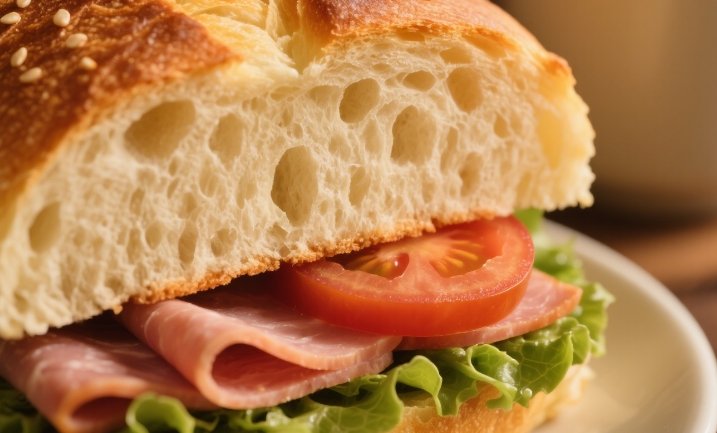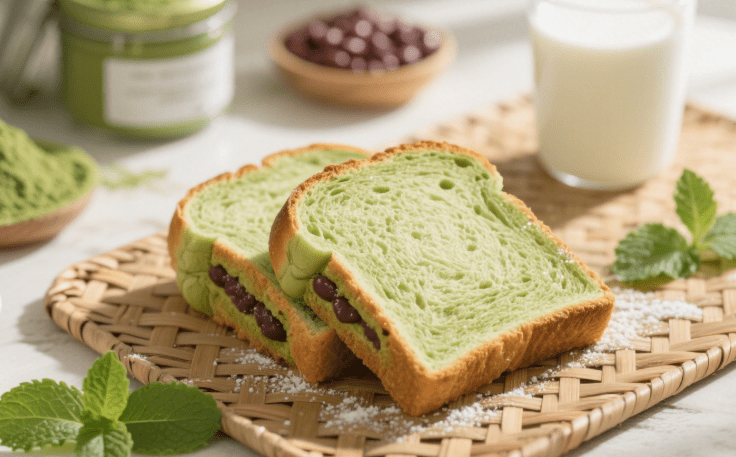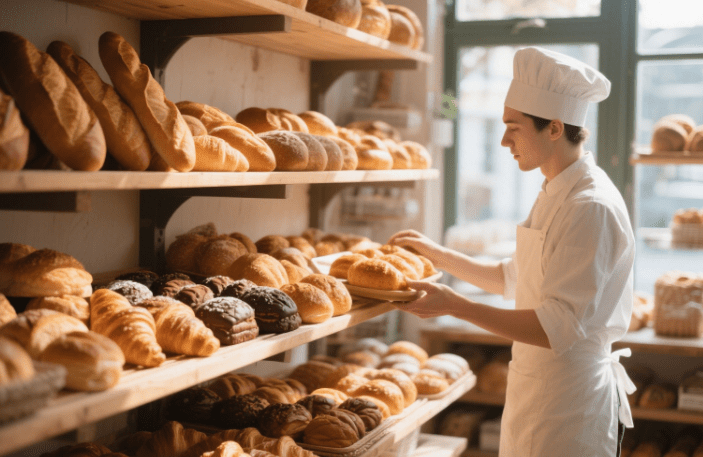In bakeries, Restaurants, and hotel kitchens, commercial ovens are the most core baking equipment and are used very frequently. Therefore, these ovens have to undertake high-intensity baking tasks almost every day, and long-term use will bring the risk of component aging.
Many operators will find that with the same oven, some remain in good condition after five years of use, while others frequently have problems such as uneven heating and temperature control failure — among these, in addition to the quality of the equipment itself, correct usage and maintenance habits are the most important factors.
Want to make commercial ovens more durable and reduce maintenance costs? Next, we will break down the key points that can extend the lifespan of ovens one by one, from usage details and safety regulations to maintenance skills.
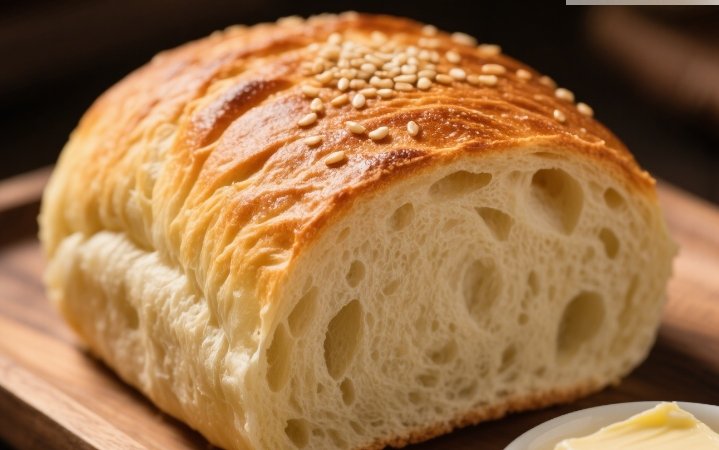
I. What are the core precautions for using commercial ovens?
- Avoid overloading with ingredients. Keep at least a 5cm gap between baking trays, and between baking trays and the inner wall of the commercial oven to allow hot air to circulate.
- Baking trays must be placed stably on the shelves to prevent ingredients from falling and contaminating the inner cavity due to tilting.
- Strictly set the temperature according to the recipe requirements, and avoid blindly adjusting it beyond the oven’s rated maximum temperature to “save time”.
- Bake different ingredients separately. Avoid mixing high-temperature ingredients (such as meat) with low-temperature ingredients (such as pastries) for baking, so as to reduce the loss of the temperature control system caused by frequent temperature adjustments.
- The oven door should be operated correctly. Do not use excessive force when opening or closing the oven door, to avoid loosening of the door seal due to strong impact.
Safe commercial Oven Recommendation:
The Nicko 12/16/32/64 Trays Rotary Oven is suitable for baking different quantities of food and comes with comprehensive safety features, including leakage protection to reduce the risk of electric shock and fires.
Nicko 12/16/32/64 Trays Rotary Oven https://www.nicko.com.cn/product/12-16-32-64trays-rotary-oven/
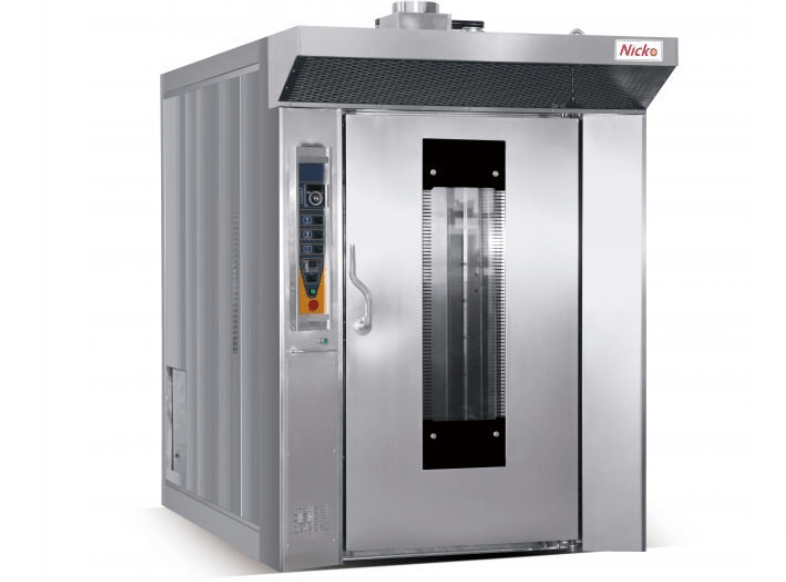
II. How to Make Commercial Ovens More Durable? Key Precautions
- The commercial oven must be placed in a well-ventilated area, not too close to the wall, to facilitate heat dissipation.
- It is best not to place the oven near a water source, because the overall temperature of the commercial oven is very high during operation, and contact with water will cause temperature differences.
- Do not stay in front of the oven for a long time when it is working for an extended period.
- If the glass door of the oven is found to have cracks, stop using it immediately.
- Electric ovens should be placed on a flat and stable surface, and ensure that the grounding bolts are in reliable contact. A 250V, 10A single-phase three-core socket should be used to match the自带 power plug.
- Power off when taking out food, and use the handle fork to secure the baking tray to prevent scalding fingers by touching the heating elements.
- Keep the inner cavity wall clean. After baking food, if there are seasonings, oil stains, etc. in the inner cavity, you can wipe the inner cavity wall of the oven with a towel moistened with soapy water until it is clean, and let the moisture escape from the oven door. Wipe the surface of the oven with a soft cloth. Do not rinse the inner cavity with water to prevent electrical components from getting damp.
- When not in use, turn the three switches for power, temperature control, and timing to the off position, and place it in a dry, ventilated, and clean place.
- Commercial ovens have high power and must be connected separately to a dedicated circuit that meets specifications, equipped with an overload protection switch. It is strictly forbidden to share sockets with other high-power electrical appliances.
- Regularly check whether the power cord, plug, and socket are damaged or aging to avoid short circuits.
- The installation position of the oven should be away from steam sources such as dishwashers and steamers to prevent water vapor from entering the oven; at the same time, keep away from fire sources to avoid external heat increasing the load on the oven.
- Do not bake sealed containers (such as covered glass bowls, cans) to prevent explosions that may damage the oven cavity.
- Do not use knives or shovels to scrape the inner cavity or heating tubes to avoid damaging the insulation layer.
III. Commercial Ovens :Daily Maintenance and Care Tips
Clean in time after each use
It is best to do a brief cleaning immediately after using the oven each time. You will find that timely cleaning is very helpful for the service life of the commercial oven, and it is also easier to clean. On the contrary, if not cleaned for a long time, thick oil stains will accumulate, and high-temperature carbonization will cause corrosion to the inside of the oven. Therefore, bakeries should establish kitchen hygiene management systems and regularly clean to protect the service life of the equipment.
Do not clean immediately after baking. Avoid deformation of components due to extreme temperature changes during high-temperature cleaning. It is recommended to wait for the commercial oven to cool down to about 40-50℃ and wipe off the oil stains with a dry soft cloth; it is not recommended to clean when the temperature is too low, otherwise the oil stains may harden and increase the difficulty of cleaning.
If the oil stains are thick, you can first spray them with a baking soda solution, wait 10 minutes for the oil stains to dissolve, and then wipe them dry. Baking trays, grills, and oil drip trays can be cleaned each time to avoid the production of carcinogens such as mold and nitrite; for non-detachable equipment, there is no need to clean them frequently, and regular in-depth maintenance is sufficient.
Regular in-depth maintenance
Some accessories of the oven require regular in-depth maintenance. The parts that need regular maintenance include heating tubes, sealing strips, fans and vents, and temperature control systems.
The temperature control system is one of the core components of the oven, and non-professionals should not repair it casually. Generally speaking, it is best to have the temperature control system calibrated by professionals every year. If the temperature is found to be inaccurate suddenly, it may require after-sales support from the manufacturer.
Heating tubes may accumulate oil stains, affecting heating efficiency. It is recommended to check and clean them once a month. If the commercial oven sealing strip is damaged, it will affect the airtightness of the oven and cause temperature deviations, so it is recommended to check it once a month. Fans and vents may be blocked by oil stains and foreign objects after long-term use. To avoid fan overload, they are generally cleaned once a quarter.
Protection during long-term non-use
If the oven is not used for a long time (such as more than half a year), it needs to be thoroughly cleaned. Especially the inner cavity of the commercial oven; if not cleaned and left for a long time, it is easy to mold, and may even cause the oven to rust, deform, and be damaged. After cleaning, thoroughly dry the moisture in the oven, place a desiccant inside, and cover it with a dust cover.
Like most electrical equipment, it is recommended to power on the oven regularly for 10 minutes every month, using its own heat to remove internal moisture and protect electrical components.

